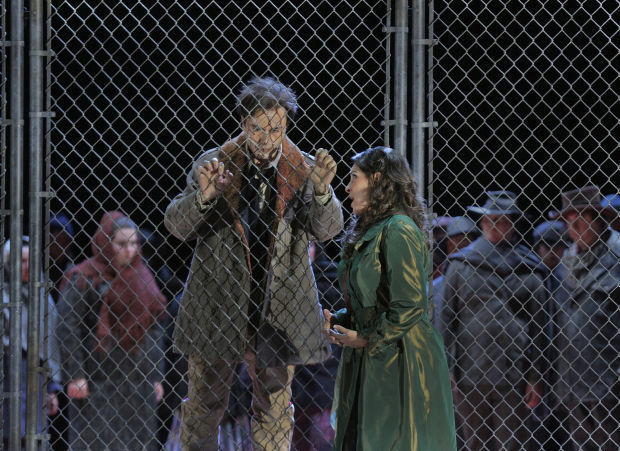
In fact, girl-baiting appears to be the true national sport in these parts. The designer Benoit Dugardyn created a versatile set consisting in great part of a bilevel half circle that evokes a bullfighting arena long before the toreador Escamillo makes his entrance. As an actor he veered between long stretches of wooden inactivity and moments of white-hot intensity in portraying Don José’s murderous jealousy.

(At 6,800 feet, the Santa Fe Opera House has a way of shortening both breath and phrases.) But she excelled in scenes in which her singing drives the action forward, like the Act II confrontation with the wavering Don José, whom she coerces into joining the smugglers.ĭon José was sung by the Italian tenor Roberto De Biasio, who possesses a burnished, muscular voice but also tender floated head notes, which he used judiciously in the Flower Song. She approached the first act’s set pieces - the Habanera and Séguidille - with a briskness bordering on impatience, but that may have been the result of the altitude. Vocally, she is somewhat two-dimensional, with bright and airy high notes and a dusky, hard-bitten lower range that she wields like a weapon. Martinez is a dramatically convincing Carmen, projecting tragic dignity and a strong sense of self.

One such singer is the Puerto Rican-born soprano Ana María Martínez, who on Monday evening took over the title role in Stephen Lawless’s new film noir production of “Carmen,” the season’s hit here at the Santa Fe Opera.

In fact, Bizet’s sultry, headstrong Gypsy girl, who is willing to die rather than have her freedom curtailed, is such a fascinating character and so richly endowed with great melodies that sopranos covet the part, too. It’s no secret that Carmen is one of the most coveted roles in the repertory of a mezzo-soprano.


 0 kommentar(er)
0 kommentar(er)
